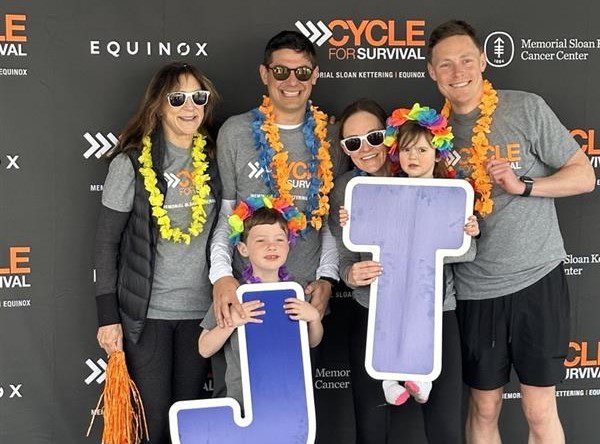blog October 9, 2018
DPharm 2018’s Impact: A Call to Innovate
DPharm 2018 was all about a community of innovators coming together to discuss their disruptive ideas that will transform the norm of clinical research and biopharma development ultimately, to the benefit of patients.
It’s clear as we look throughout the world around us, the pace of innovation is accelerating. What it affects is not selective or compartmentalized, and it touches every aspect of our lives.
While we may not see it in our day-to-day work, the clinical research industry connects with and should work in conjunction with the world around us.
As we heard from the lively Chip Bell, our competition is not solely those working in clinical research, but is also found in companies outside of our industry including technology, entertainment, retail and travel (such as Air B&B, Tesla, and others). Other players are now studying on the needs and opportunities to bring about radical transformation in both the life sciences and healthcare sectors.
These companies accelerate the pace for how patients live day to day, and they are also setting the pace for the innovation needed in research and healthcare. The quick and inventive services that pioneers of the new frontier provide set increasing patient expectations. If we want to thrive, we must keep one step ahead with the ever-increasing demands of society in reducing costs, improving patient outcomes and providing for a more engaging patient journey.
As we were able to see with speakers like Dr. Tony Atala from Wake Forest and Mark Johnston from Amazon, every industry is picking up the pace in how they innovate – and clinical research must reach a new cadence.
When exploring clinical trial models, the hybrid approach may scale best.
One of the hottest topics among the conversations and speakers at DPharm 2018 was about finding the best trial methods: virtual trials or site-based trials.
Virtual trials have potentially great benefits and serve a unique purpose but may still have some limitations on data capture, patient engagement, and the overall patient experience for certain therapeutic areas. On the other hand, site-based visits can be time-consuming, impractical with respect to geographic location and bear other logistical roadblocks.
The obvious truth is that neither option is without fault. They both carry their own challenges but do bring forth the promise of many tremendous opportunities to bring more people to the clinical trial experience.
We, as clinical research innovators, have the power to make trials a great experience for patients. To accelerate our methods to keep the pace of the innovation outside of the industry, perhaps the most pragmatic view is that we embrace trial models that best suit the need of the patient; more on their terms and can use elements of many models to better bring the right trial to the right patient at just the right time. DPharm 2018 highlighted established companies embracing transformation, new companies entering the market to address unmet needs and people and companies coming together in better alignment to better serve the patient.
CRAACO has the power to change the way we do clinical research.
Over and over we have seen examples of how Clinical Research as A Care Option (CRAACO) leads to better care, better outcomes and better experiences for patients. Within CRACCO, we are innovating and accelerating, to advance research and help drive innovation with the aspiration of ultimately bringing high value therapies to patients faster and within reach.
The service delivery and information insight innovations we are experiencing will impact the way we conduct business. Jennifer Byrne, CEO of Javara, discussed the model of Relative Value Units (RVU) within healthcare systems and how they act as a challenge within the framework of the fee for service compensation models coming from the biopharma industry. Drawing physicians to research is crucial and we need to find a better way to align incentives and motivations within the greater healthcare ecosystem.
John Stewart, MD at UIC, reminded us that Academic Value Units (AVU) are critical when considering research within an academic setting. Regardless of RVU or AVU modeling, the compensation structure within a health system as it pertains to physician investigators is vital to aligning objectives that drive better engagement from both healthcare and better channels direct to patient participation in research.
As we progress, we will have to make the transition in value for all of these areas so that patients can continue to have access to clinical research options and we can innovate all aspects of the process.
Innovation is our driver. Impact is our goal.
Overall, the presentations at DPharm were insightful and acted as a great motivator towards accelerating clinical research. But hearing Caly Bevier share her story in the opening session served as powerful reminder of the importance of the work we do – the potential to impact the lives of patients.
For the Javara team, DPharm hit home for us as we learned more about all the ways that we can increase the relevance and improve the delivery of clinical research to patients. We are not shying away from our commitment as an Integrated Research Organization to better intersect clinical research options for patients within complex healthcare systems and excited to know that we are not alone with the DPharm community of friends; both old and new, on this important journey to be better and do better for all of us as past, present, and future patients.
We have set out to change the way research is conducted, and that’s exactly what we intend to do. And DPharm 2018 confirmed that our work is just beginning.
Share




